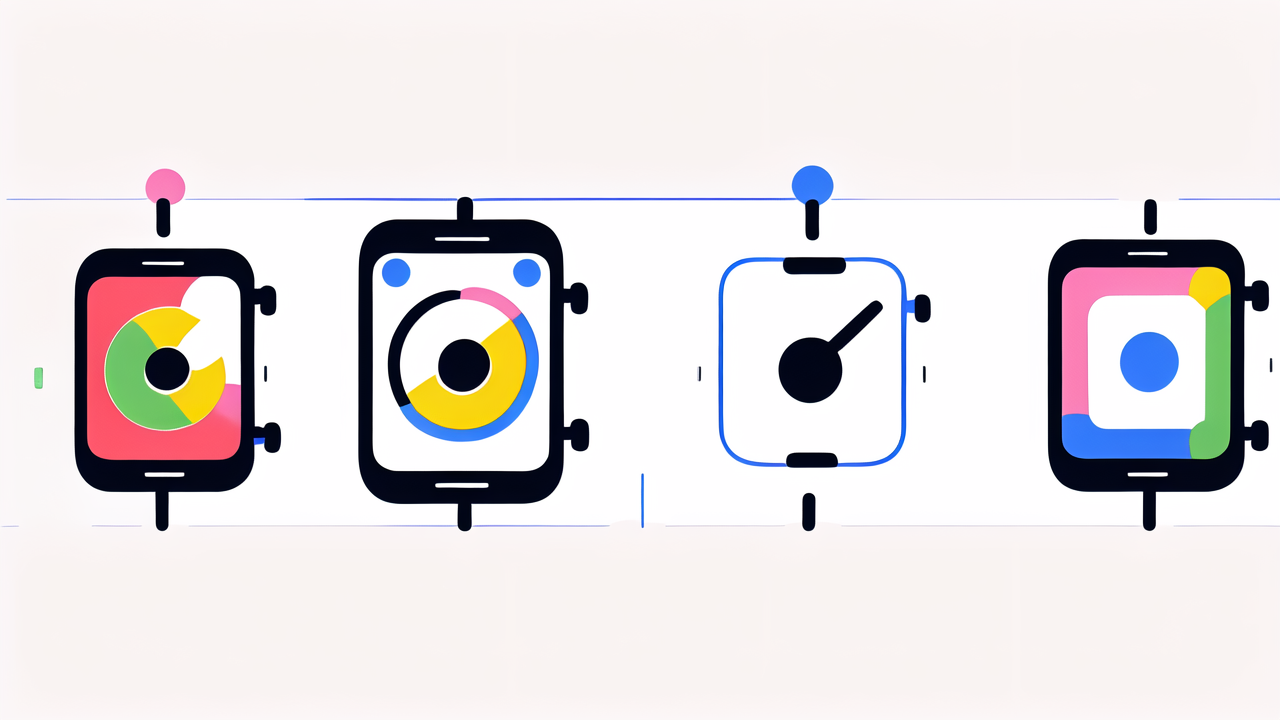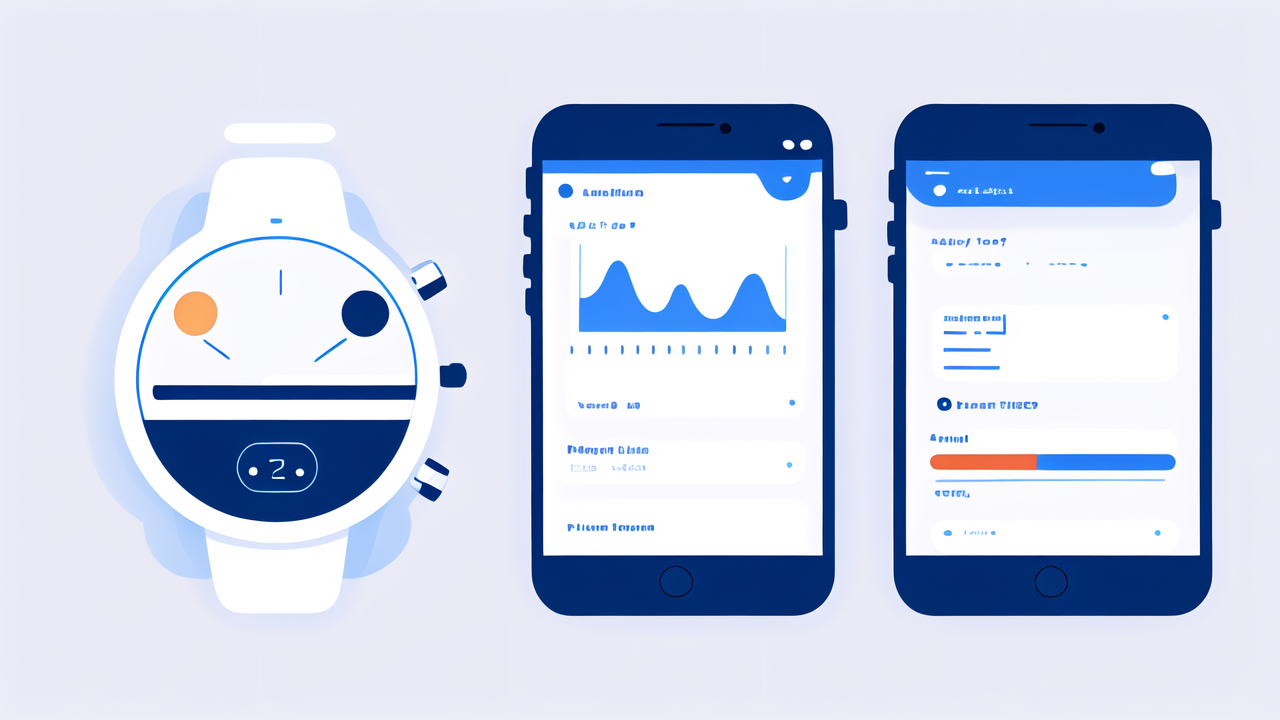The Rise of Smart Bracelets in the United States Market
Understanding Consumer Demand for Wearable Fitness Trackers
In the U.S., fitness trackers have become a huge hit. People want to track their health 24/7. These smart bracelets log steps, sleep, and heart rate. Users love how they help with workout goals. They also make it easy to stay on top of fitness trends. This demand is a big reason for the rise of these devices in the market.

How Smart Bracelets Are Redefining the Wearable Technology Landscape
Smart bracelets are changing the game in wearable tech. They blend style with cutting-edge functions. More than just timepieces, these gadgets offer health tracking and more. They sync seamlessly with smartphones, giving users control at their wrists. This tech is becoming a staple for health-conscious folks. It shows how the US market is valuing tech that fits into daily life. The devices are also striking a chord with fashion. Smart bracelets come in various designs. They suit different styles and occasions. With this shift, the wearables are now more than gadgets. They're part of our everyday look and lifestyle.
Technological Advancements in Smart Bracelets
Innovations in Health and Wellness Features
Recent smart bracelets boast groundbreaking health features. They can now track heart rate variability and detect abnormal patterns. Some even monitor stress levels and provide guided breathing exercises. Advanced technology also enables the measurement of blood oxygen saturation. These features combine to offer a comprehensive overview of a user's health, directly from their wrist.
Breakthroughs in Design and User Experience
Smart bracelets are evolving far beyond basic bands. Sleek aesthetics now pair with cutting-edge tech. Users enjoy slimmer profiles, curve-hugging designs, and lightweight materials. Customizable watch faces and straps allow for personal flair. Haptic feedback has been refined for subtle, yet effective alerts. Touchscreens boast higher resolution and responsive navigation. Extended battery life reduces charging frequency, for all-day use. Advanced sensors fit into smaller devices without losing accuracy. The user experience is now more intuitive, seamless, and enjoyable. Such design and UX advances drive this market forward.
The Future of Wearable Technology: Predictions and Potential
The Role of AI and Machine Learning in Upcoming Smart Bracelets
Artificial Intelligence (AI) and Machine Learning (ML) are poised to take smart bracelets to new heights. As we look to the future, we can expect these technologies to make wearables more intuitive and personalized. AI could enable devices to learn from our habits and predict our needs. For example, they might suggest the best times for exercise or remind us to hydrate based on our activity levels and health data. ML algorithms could help in detecting health trends or anomalies over time, potentially alerting users to health issues before they become critical. With these advancements, smart bracelets might not just track our health – they could become proactive guardians of our well-being.
Assessing the Impact of Regulatory Changes on the Wearable Industry
As smart bracelets evolve, they face new rules. These rules affect how they're made and sold. They aim to make gadgets safe and protect user data. Companies might need to change how they handle health data. This could shape new tech in bracelets. Future designs might focus more on privacy and security. Gadgets must meet these rules to stay in the market. How this plays out will be key for the industry’s growth.




Leave a comment
This site is protected by hCaptcha and the hCaptcha Privacy Policy and Terms of Service apply.